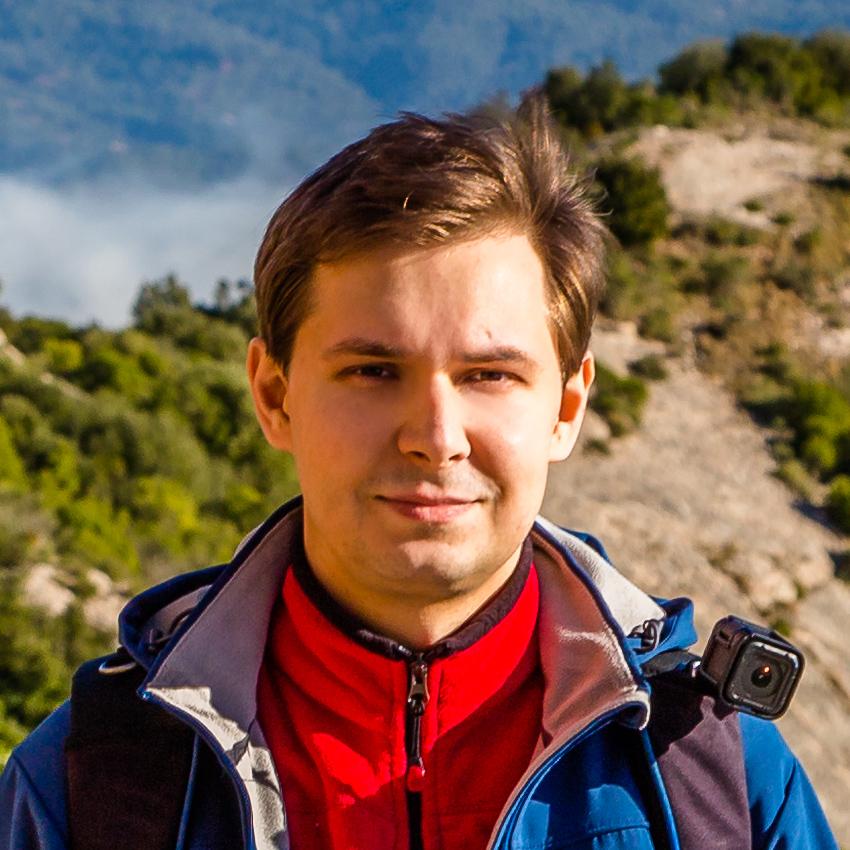Perlin Noise by Stefan Gustavson
This is reduced C-implementation of Perlin Noise by Stefan Gustavson with a few minor code changes to fix various compiler warnings compared to other GitHub repository.
Release note from Stefan Gustavson (2005-11-09):
This directory contains my completely rewritten noise implementation for Aqsis. It is not 100% compatible with the old implementation, but almost: you only need to remove the offset and scaling from “shadeops.cpp”. (I rescaled the noise to [0,1] inside CqNoise instead of requiring that to be done externally, it seemed logical.) The archive contains an edited version of “shadeops.cpp” as well, where I think I also wired the 4D noise and all the pnoise variants in correctly, but you’d better check that, I haven’t even test compiled that file. As far as I can see, “shadeops.cpp” was the only place where the CqNoise class was used in the 1.1 source tree.
I restructured the code quite a bit. There’s actually nothing left of the old code.
“noise1234.h” and “noise1234.cpp” contains the actual noise functions, in a class “Noise1234” which is deliberately decoupled from the Aqsis data types and other external dependencies. This is a highly reusable class that does nothing else than define eight very basic noise functions. I liked that approach, but you might want to reinsert “TqFloat” for “float”, e.g. if you want to make the noise configurable to use “double” instead. (I don’t know enough C++ yet to make a templatized version, although I realise that would be a good solution here.)
“noise.h” and “noise.cpp” contain the previously defined class “CqNoise”, now merely a wrapper class to “Noise1234”. The new functions have the same argument lists as the old ones, but as I said, the range of return values is now [0,1] to better match their use, not [-1, 1] as before. Aprt from that small change, these two classes together should be a drop-in replacement for the old CqNoise class.
Note that all the methods of the CqNoise class are now statically callable, and no initialisation is required for the class. You don’t really have to instance “m_noise” any longer, although I much prefer “m_noise.something()” to “CqNoise::something()” in the code for readability (I’m used to Java), so I left it as it is.
I did not have the right tools (or skills) to compile the entire project, but I have tested all the noise functions separately using header stubs to define the relevant Aqsis data types and macros, and the tests ran fine (after some debugging). All functions appear to give correct visual results with good performance. I might have missed some obscure bug, but as far as I can see, my code is correct.
I also validated it against BMRT and PRMan. 1D, 2D and 3D noise make a very close visual match with PRMan and BMRT in terms of both appearance and statistics. The 4D noise is very close to that of BMRT, but not quite as uniform as PRMan’s if viewed in planar 2D slices (two of x,y,z,t held constant). 4D noise should really not be applied that way, but I suspect Pixar is doing something to prevent some users’ ignorant abuse of 4D noise in planar slices to look bad. I’m not sure exactly what, but they probably apply some simple local distorsion to the (x,y,z,t) domain before evaluating noise4(). I won’t do that for this version, it only complicates things, and the 4D noise looks good if it is only applied as it should, to curved surfaces or in a rotated space. If people complain, I can look into it, but this is a clean and straightforward implementation of Perlin noise, as defined by Ken Perlin.
This noise actually looks better in at least one respect (no ugly axis-aligned artefacts) than the noise in PRMan 12.5.2, Pixar’s current renderer. I was really happy to see that. :)
Описание
Simplex and Perlin noise implementation by Stefan Gustavson with a few minor changes to fix all compiler warnings.
